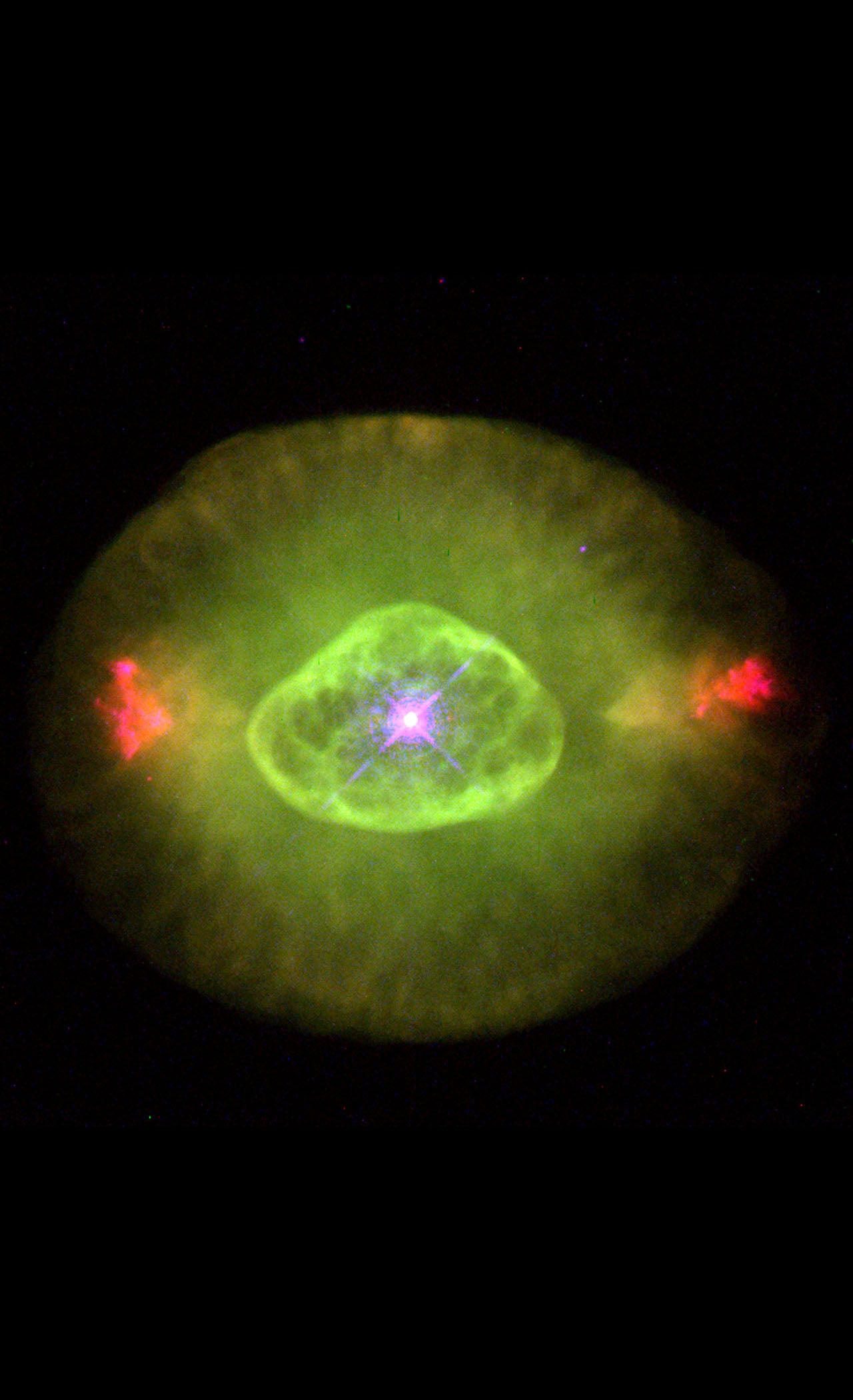
As we peer through our telescopes, many of us have momentarily blinked while trying to view a challenging object. We don’t expect them to blink back at us. But 9th-magnitude NGC 6826 in Cygnus does — hence its popular nickname, the Blinking Planetary.
Of course, it’s not actually blinking at us. The human eye is responsible for that effect. The center of the eye’s retina is made up of bright-light receptors, called cones, as well as some low-light sensors called rods. Together, they allow us to look directly at stars. To see faint, diffuse objects, we need to look for them out of the corner of our eyes using averted vision. Doing so directs a target’s feeble light onto the peripheral area of the retina, which is rich in rods.
NGC 6826 is a classic example of a double-shell planetary nebula. Its fainter outer shell surrounds a brighter inner shell that is directly surrounding the 10th-magnitude central star. When we look directly at it, we are seeing the progenitor and some of the brighter nebulosity in the planetary’s inner shell. But when we use averted vision, we can also make out the fainter outer shell. Glance back directly and it disappears, giving the illusion that the oval, eye-shaped planetary is blinking.
The Blinking Planetary appears to have two weird knots of condensed red gas that seem to have blasted away from the hot central star at a faster rate than the surrounding nebula. These features have been dubbed FLIERS (Fast Low-Ionization Emission Regions).









